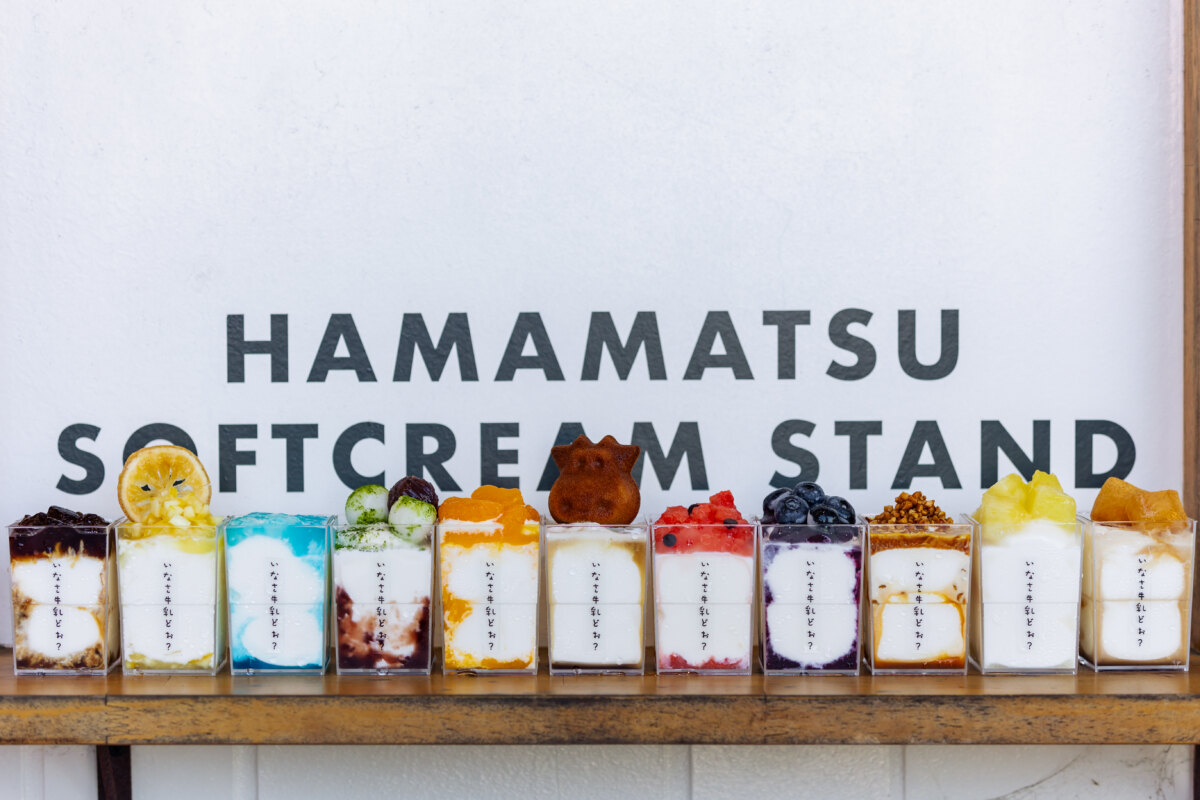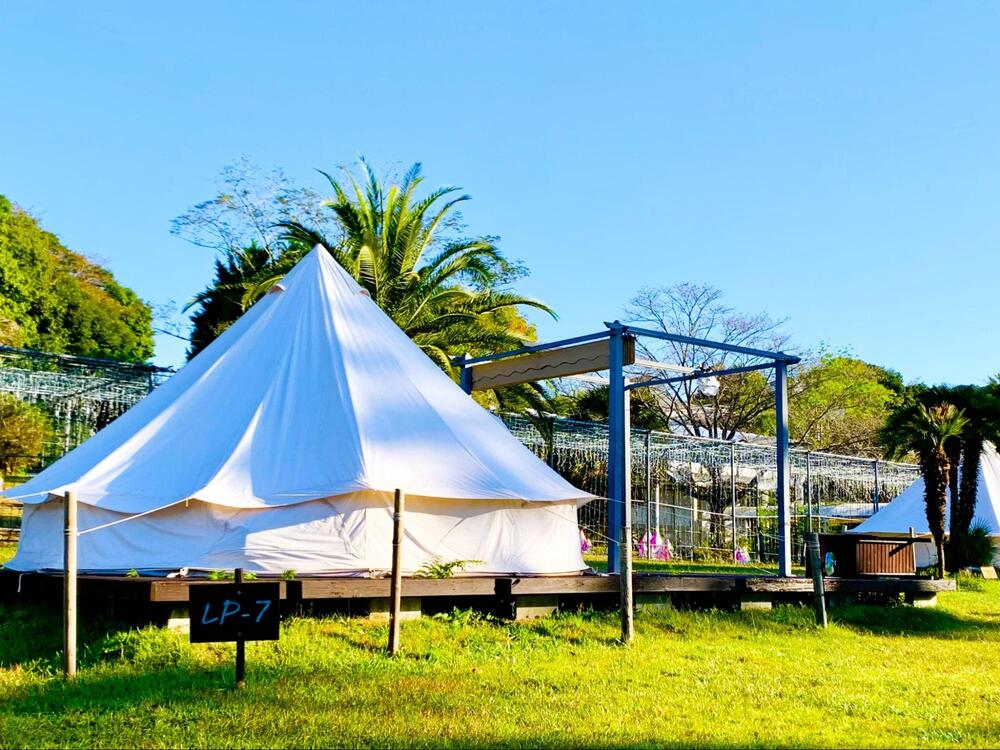Get to Know Hamamatsu
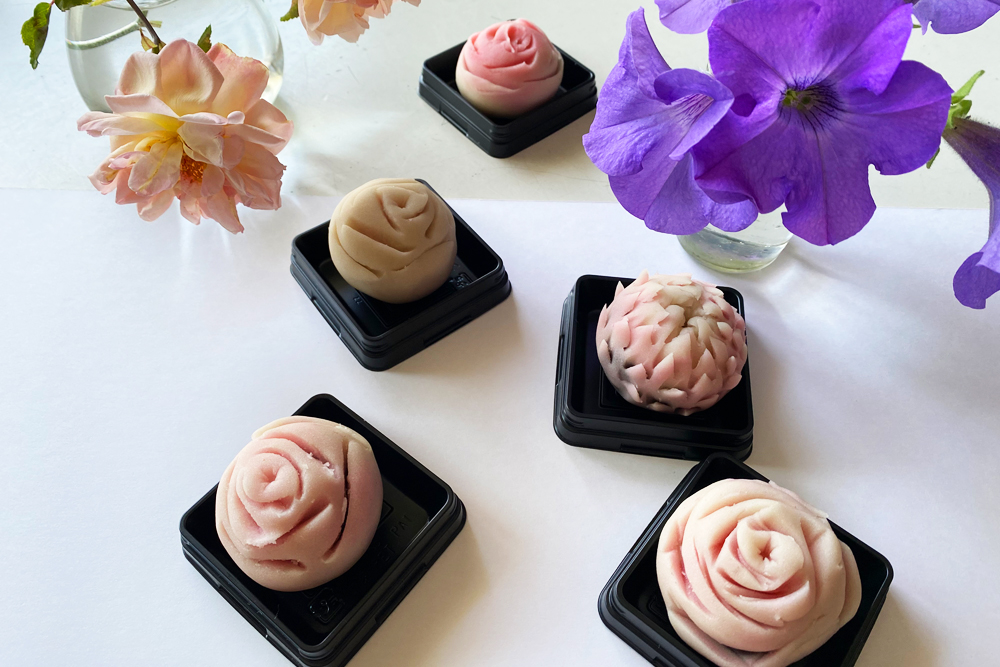
- Enjoy
- Eat
Experience the Craftsmanship — Ganyudo
I found a kit on social media that lets you make wagashi like a craftsman from Ganyudo. I decided to try making them myself…
As I spend more time at home, I find myself worrying more about what to do, especially on holidays. At that time, I happened to look at SNS and saw an experience that an acquaintance had introduced saying that there was something like this. It is a kit called “Shokunin-san” by Ganyudo.
Ganyudo is a long-established traditional store that was founded in the Meiji era, and each of its Japanese sweets are carefully made by craftsmen, and from the appearance to the taste, each one is overflowing with a sense of happiness that cannot be expressed in words. Ganyudo sells a kit called “Shokunin-san” by mail order, which allows you to make Japanese sweets like a craftsman, but how can you look at the samples without actually having the craftsman nearby? I guess I can get some advice…
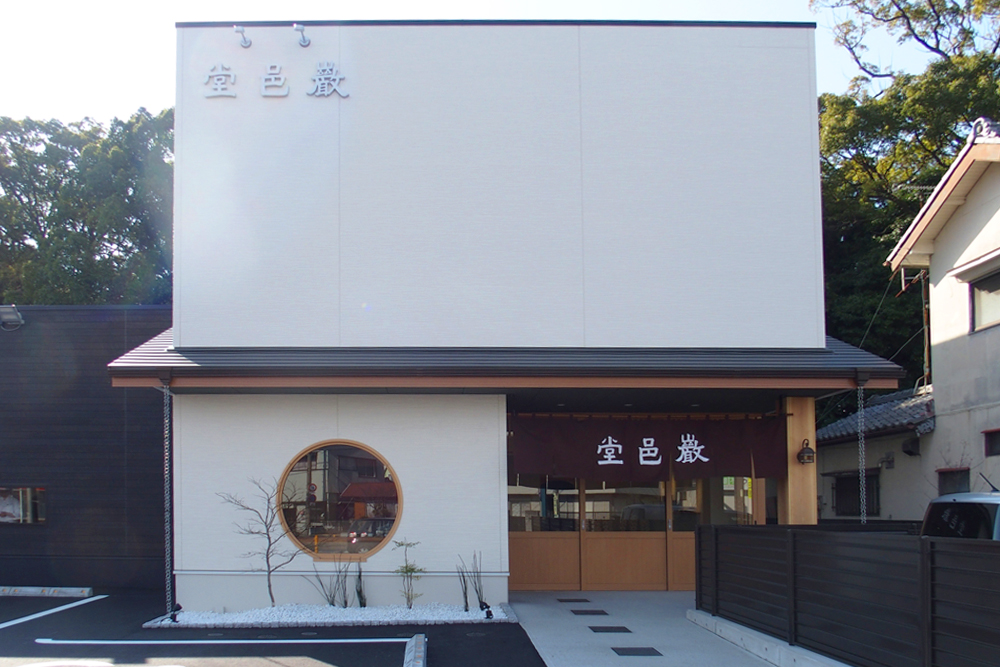
With this in mind, I opened the “Shokunin-san” kit I had purchased out of curiosity. I felt a sense of excitement, like opening a gift box. The box had a nice photo of Ganyudo’s Japanese sweets, giving off the atmosphere of a strict, long-established Japanese sweets shop.
Let's try it right away
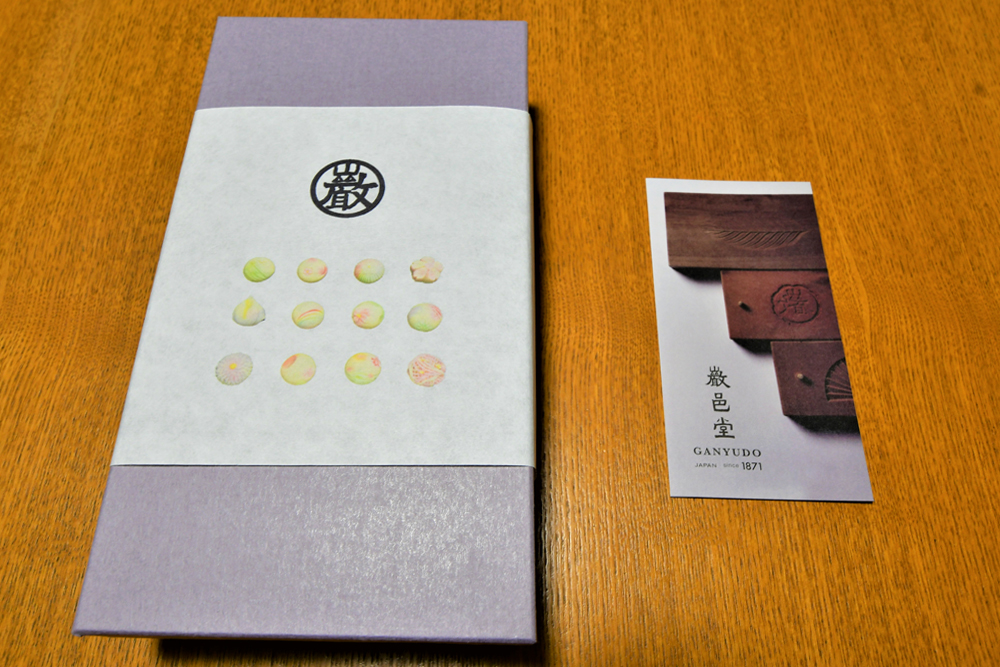
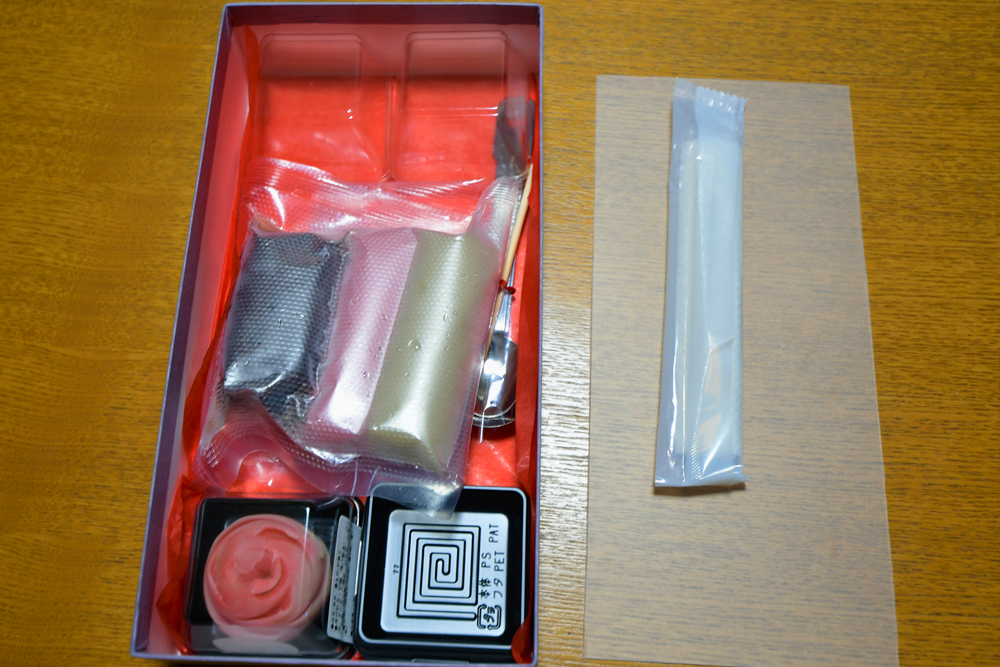
Inside the box were a few tools and the ingredients needed to make Japanese sweets. And at the top there is an explanation of “Shokunin-san”. If you look at the instructions, it’s very easy to understand how to enjoy it. I immediately decided to pick it up and start making it.
In this edition of “Shokunin-san,” you can learn how to make it with Ganyudo’s YouTube video. Therefore, the only written instructions are written by Shokunin-san. The video can be accessed immediately by scanning the QR code from the instruction manual or by looking it up on YouTube. In the video, President Uchida gives an explanation in a relaxed manner, and Mr. Koyama, a new employee who speaks in a cheerful manner, has fun making things and teaching them. From explaining the contents of the kit, to how to make it, to tips on how to use the tools, he slowly and carefully explains everything. This video makes you feel like you’re actually being taught by a craftsman inside Ganyudo, even though you’re at home. Well, that’s true, though.
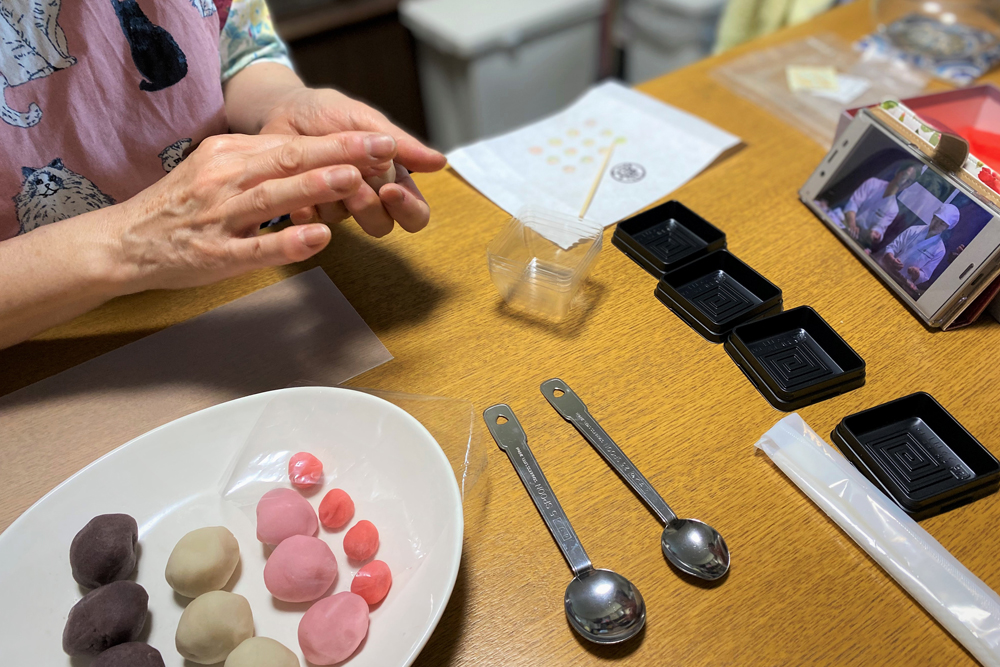
After watching and listening to the explanation, I actually picked up the red bean paste in front of me and started making it. Both Mr. Uchida and Mr. Koyama wrapped the bean paste in a way that made it look so simple that I thought I could do it the same way, but surprisingly it wasn’t. The red bean paste on the outside doesn’t move to wrap around the red bean paste inside, so much so that I think it’s only my consciousness that’s moving to wrap it around me.
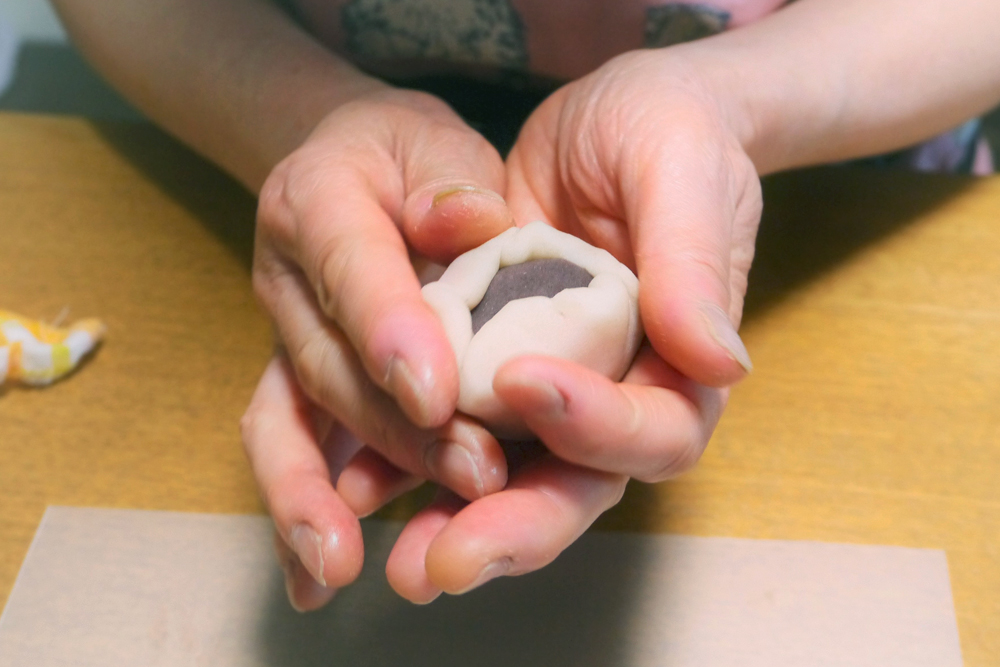
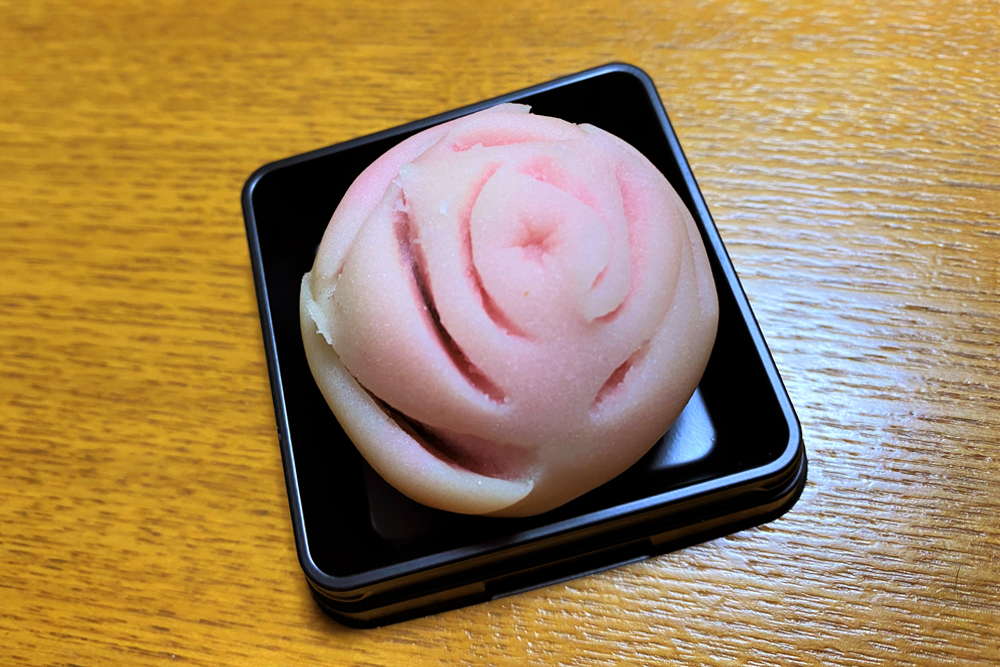
The finished product was quite different from the sample. However, it is taking shape. Furthermore, each box contains enough ingredients to make 4 pieces, so you can try again or make it with someone else. It’s also good to enjoy different shapes while showing each other what you’ve made.
Enjoying the finished product and eating it…this is not the end for “Shokunin-san”. There is more to this experience. It’s not just about home, it’s about having fun outside the home. By taking photos of your creations, joining the Facebook group account, and posting them, you can receive feedback and advice about your work from President Uchida and others who are also participating in the group. . It makes me feel like I should make it better next time and exhibit it at an exhibition. Before I knew it, I had completely become a “shokunin-san” myself.
In the Facebook group, various ideas and fun atmosphere are posted, such as parent and child having fun together and carefully crafted works. I want to make it again just by looking at it! The next step for those who think so is “refill”. It seems that the road to becoming a craftsman still continues.

*Ganyudo’s “Shokunin-san” is currently sold out.
Click here for Ganyudo’s online shop
Make your own Japanese sweets
Click here for the purchase page for “Kashiawase”
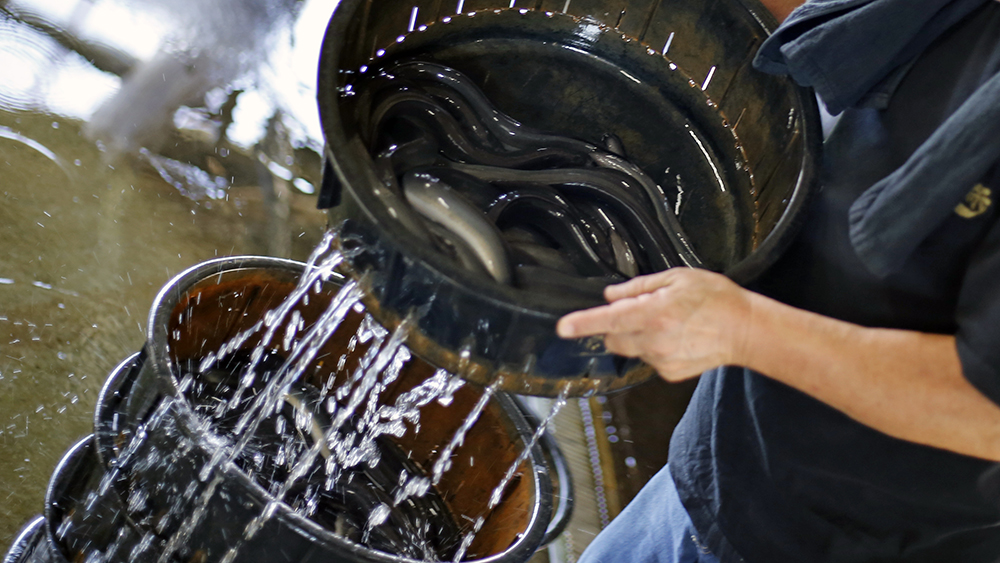
Get Hands-On with Eels at Lake Hamana! Tour the Tenpo Unagi Farm
